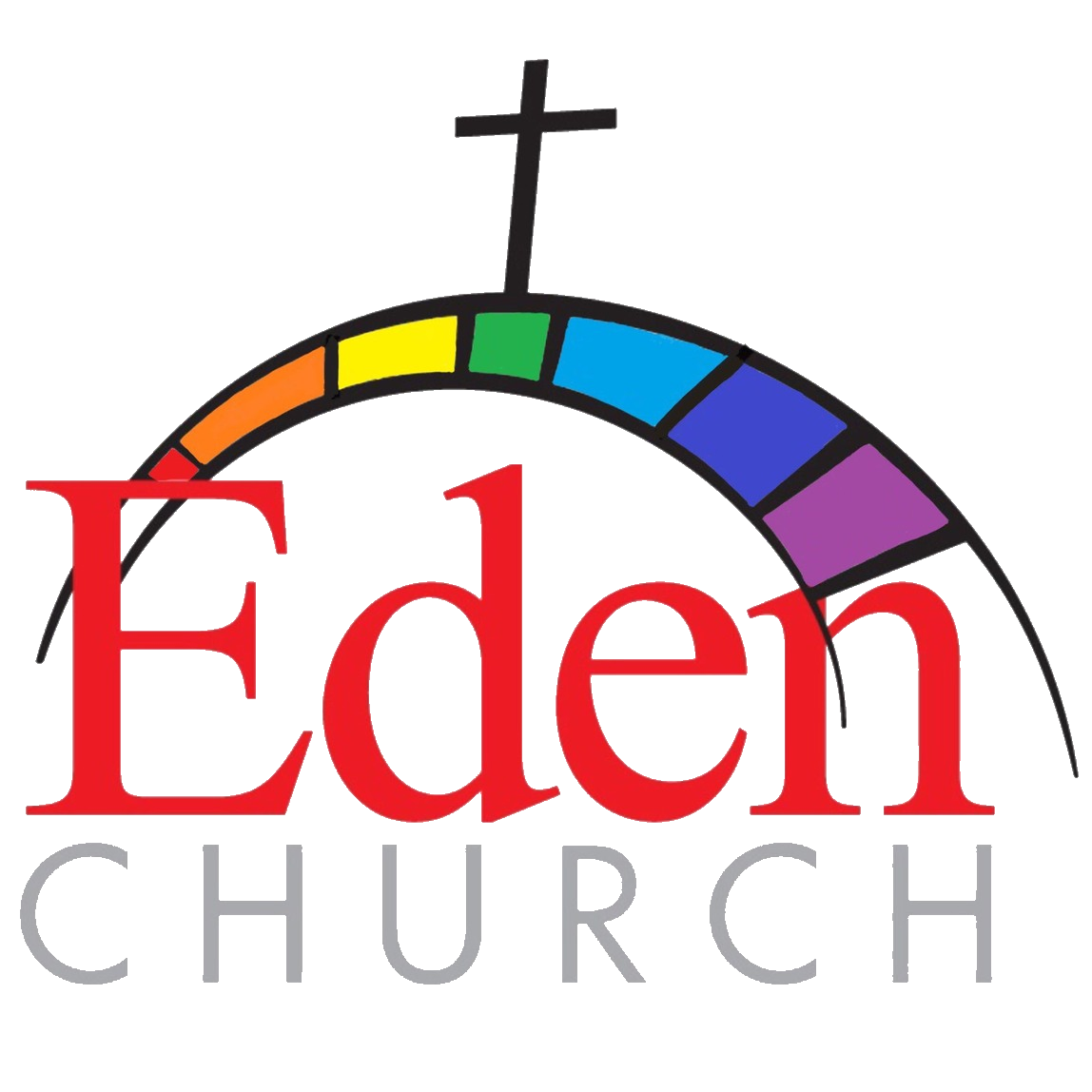2022.02.27 | The Cloud of Unknowing
“The Cloud of Unknowing”
Rev. Dr. Arlene K. Nehring
Eden United Church of Christ
Hayward, California
February 27, 2022
Today’s gospel reading describes a mountain-top experience involving Jesus, two of the ancient prophets, and three of his closest friends. If you have ever found yourself in the mountains on a cloudy day, you can likely imagine the setting for today’s Gospel reading. Understanding what actually happened on that mountain in Luke 9, however, may be less clear.
I’ll be honest with you. It took me a long time to understand what was going on in the Transfiguration story, and how it might inform our modern lives. This is because I had to first get past my need for the story to make sense, historically and scientifically.
I knew that Moses lived around 2000 BC, that Elijah lived around 800 BC, and that Jesus walked the earth during the early decades of the Common Era. So I easily concluded that this story wasn’t a description of a historical event, per se.
Ultimately, I’ve come to the conclusion that the Transfiguration story is both a story about an apparition experienced by Jesus’ friends, and a story that conveys a larger meaning than meets the eye.
Specifically, the Transfiguration describes the disciples’ realization that Jesus was a prophet, like Moses and Elijah, but that his mission and purpose was greater than theirs. Jesus was the Messiah, the one for whom they, and the whole nation of Israel had been waiting.
II
Perhaps you agree with my interpretation of the Transfiguration, but then wonder like I did for many years, what the significance of this story is for modern people.
The conclusion that I’ve arrived at didn’t come quickly to me.
It took prayer, reflection, and meditation, in order to discern that the Transfiguration story offers us a model for how best to face challenging and confusing times.
I see Jesus as modeling for and encouraging his followers to take time to discern what they had experienced on Mount Tabor, and to be very intentional about how they proceeded, as they headed down Mount Tabor and into the most challenging period of Jesus’ ministry.
Taking time to pause, pray, and reflect was not the direction that the disciples necessarily wanted or thought that they needed, but it is the direction that Jesus offered them.
Similarly, for us, taking time to discern God’s truth and God’s hope for our lives isn’t necessarily the approach that comes immediately to mind for us take-charge people, or that is promoted in the dominant culture today.
Consider, for example, that we 21st Century people have been practically ruined by calculators, computers, and 5-G Internet connections. We’ve been trained to expect to receive and give answers in nanoseconds.
In addition, texting, IMing, and Slacking have sped up our ability to communicate with others, and these technologies have radically altered our expectations and ourselves and our peers, in terms of our response times to each other.
Meanwhile fast-food restaurants, microwave ovens, and GrubHub have radically reduced the amount of time required for us to gather groceries, prepare food, and even eat it.
And, online shopping apps, Internet download capability, and DoorDash services have taught us that we can have almost anything we want, from anywhere, brought directly to our door or to our desktops in a matter of minutes, if not seconds.
Technology can be helpful. Timesaving conveniences can be a blessing. Efficiency often feels like progress. But at what cost?
These advances have rendered spiritual discernment passé; and yet, here we are on Transfiguration Sunday being encouraged to pause, pray, and reflect. We are being encouraged to discern as opposed to decide, and to pause before we act. This transfiguration approach may be old fashioned. It may be novel. But it is also necessary for every generation.
The Medieval Mystics described transfiguration as “The Cloud of Unknowing.” They understood that dwelling in this cloud was a way of getting closer to God, and a process through which people could become clearer about God’s hope for their lives.
Thank God for the Transfiguration story. It flies in the face of all things modern, and offers us a healthy antidote to high-speed everything, productivity dashboards, and a culture of consumerism.
Thank God for the Transfiguration story, too, because it offers us an alternate model for how to show up in the world, especially in times when speed doesn't solve everything, and when speed can mostly hasten our ability to make more and bigger mistakes.
III
Regardless of what time period we live in—biblical times, the Middle Ages, or the modern era—life’s most confounding experiences not only leave us feeling fogged in, they necessitate a pause. In times like these, often the best thing to do is nothing—nothing, except pause, pray and reflect.
In the Christian church we refer to this process as discernment. Such an approach to life’s challenges is very counterculture. When we practice discernment, we will likely be described as lazy, inept, or rudderless.
Discernment may be an approach that is counterintuitive for us, especially if we are the kind of people who need quick answers, order, and closure in our lives.
Yet, going against the norm, and leaning into what Carl Jung referred to as the “shadow side” of our personalities, may be the most important and helpful thing that we ever do. For it is in these foggy times, as Luke reminds us, that God can and does hover around us, hold us, and imbue us with the wisdom and insight that we need to head down the mountain, and say and do what needs to be said and done. Amen.
